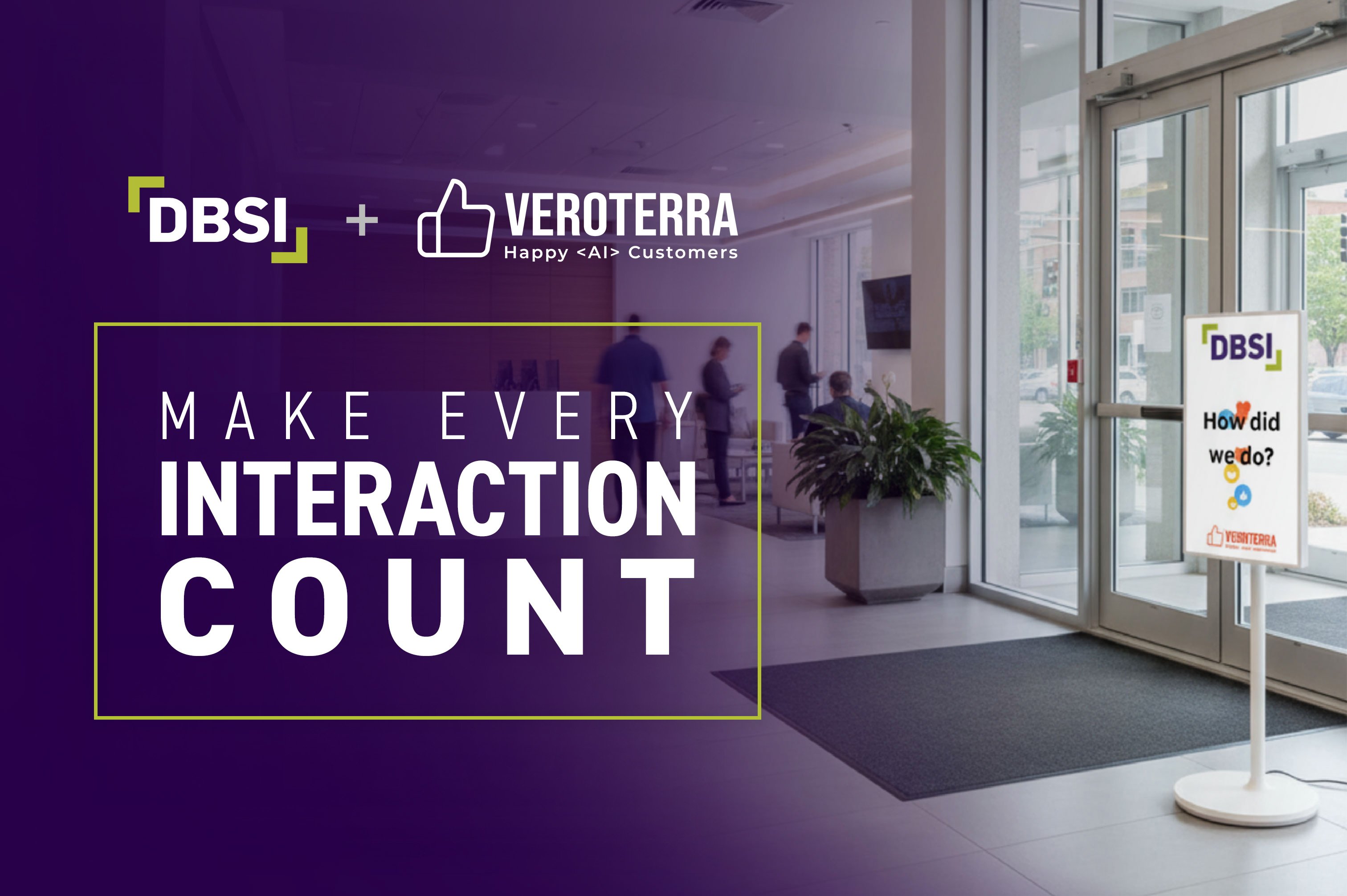Frugality breeds innovation, which means right now is a prime opportunity for change.
Budgets are tight and resources are stretched thin for financial institutions. The good news is that they can do more with less by implementing a universal associate model with the right enabling technology. When executed optimally, this model can help reduce staffing costs, reduce technology costs, and increase advisory conversations at the same time. A win all around, especially in these times.
Many financial institutions will say they already have this model in place, but we find that a true universal associate model is rare.
“Leadership typically believes they already have deployed a universal banker model, but when we break it down for them and go through what each associate should be able to deliver at every touchpoint, it becomes clear that they are far from a universal banker,” says Krista Litvack, director of Professional Services, the training and banking consulting arm at DBSI.
Universal associates are cross-trained employees who can fulfill nearly every task and transaction type within the branch, including the workload of tellers and the majority of the platform staff responsibilities. This model can reduce teller costs and eliminate the need for specialized roles and customer hand-offs. At the same time, universal associates are often experts at transitioning high-cost, low-value transactions — like a check deposit or withdraw — to low-cost channels such as self-service or mobile.
Need a touch-less experience now?
Get there fast with ADAPTIV, a systematic methodology and flexible kit of parts that provides an immediate and long-term strategy.
Universal associates are a way for financial institutions to turn every interaction into an advisory or sales conversation using their depth and breadth of product knowledge. For example, a universal associate might offer a college savings account to a customer with new or young children. These types of advisory conversations can improve the customer experience significantly. According to a J.D. Power consumer study, customer satisfaction doubled when they received higher-level interactions that led to either additional savings or improved financial journey products, such as retirement planning.
Training is an important component, but the missing link to a true universal associate model is often technology. A universal banking model with the right technology and process in place can save up to $92,412 per branch, per year. That’s a massive cost reduction worth considering. There are three key areas financial institutions should address to create a seamless integration of technology, people and process.
Cash Automation
Universal associates can’t operate efficiently without removing the largest distractions that a traditional teller has: balancing. Staying in balance, counting each individual transaction three times and the cumbersome end-of-night processes all distract from building relationships that secure long-term patronage. Teller cash recyclers are a step in the right direction and help shift the focus from balancing and counting cash to advising and helping the customer. When designed and located properly, these devices eliminate stress, allow for open branch design by increasing security and make overall cash management more effective.
Technology Optimization
Cash recycler limitations keep many branches from achieving full automation because they limit access for two staff members at a time. This disrupts the customer experience and the workflow of the associates if a third associate needs to use the machine. Instead of investing in more machines, financial institutions can use technology such as remote transaction assist. It helps optimize recylers by allowing cash transactions to be sent from any part of the branch to any recycler or dispenser, pulled down from a queuing system that uses a unique identification number once the associate is at the device. One recyclers can now easily be shared among multiple staff members, greatly reducing technology costs and creating more convenience.
Financial institutions can optimize their cash recycler investments even further with kiosks to handle all types of transactions to more-efficient channels while tablet-equipped associates advise customers. This opens up recyclers for associate and customer use.
Tablet-Equipped Associates
The in-branch experience doesn’t have to be tied to a desk or an office: Imagine a universal associate who can help customers from anywhere in the branch to create a unique experience that maximizes branch square footage. Tablet-based teller applications that connect associates to cash automation machines or even self-service kiosks is the final piece in creating a frictionless customer experience and a true universal associate model.
Break down the teller line and remove the need for a hand-off entirely with a tablet that has teller transaction functionality and empower universal associates. Financial institutions that want to implement a universal associate model will need the right design, technology, and process to make the shift. Now is the time to make those investments and position your financial institution for its post-pandemic future through lowered costs and better customer experiences.

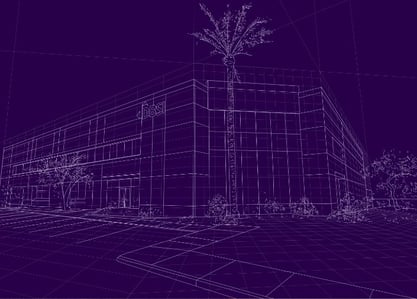












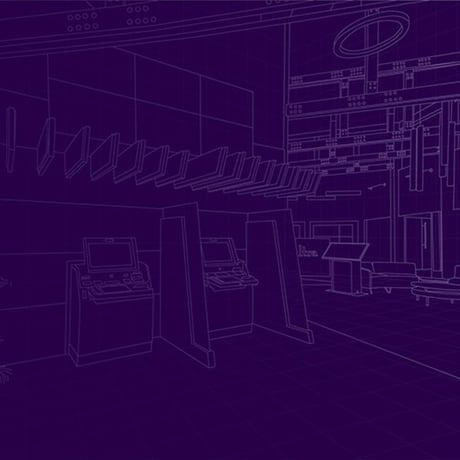


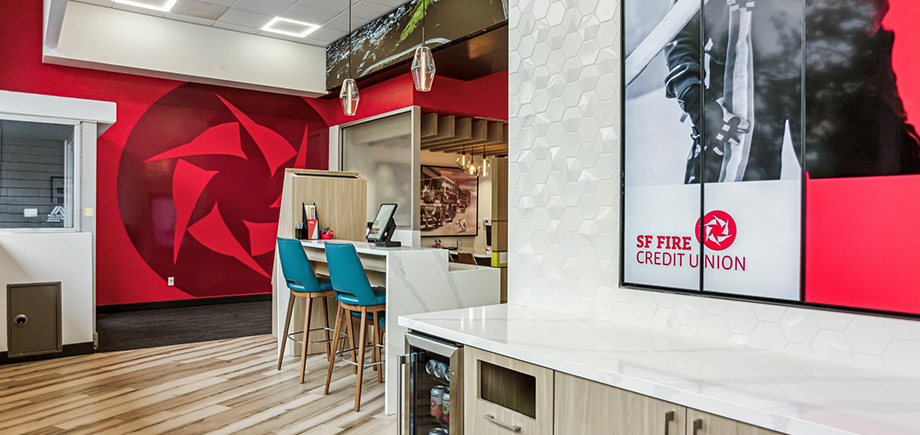
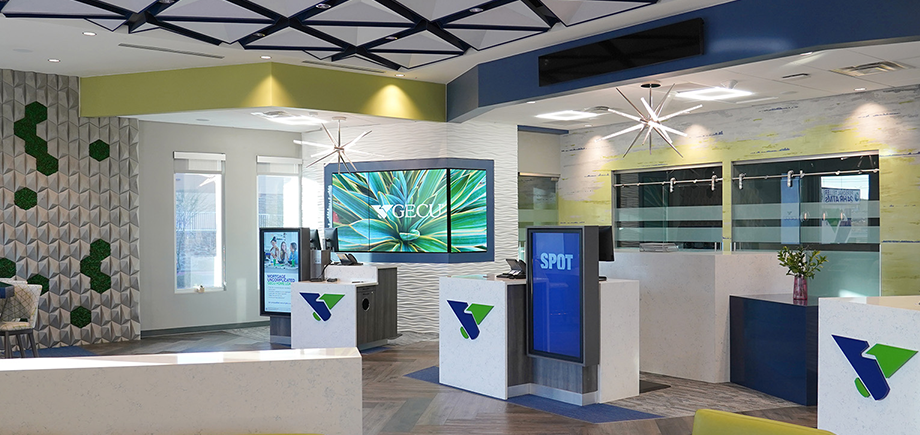





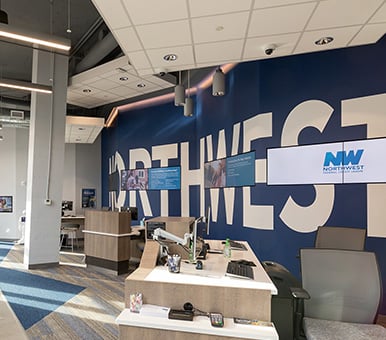

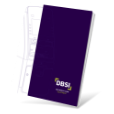






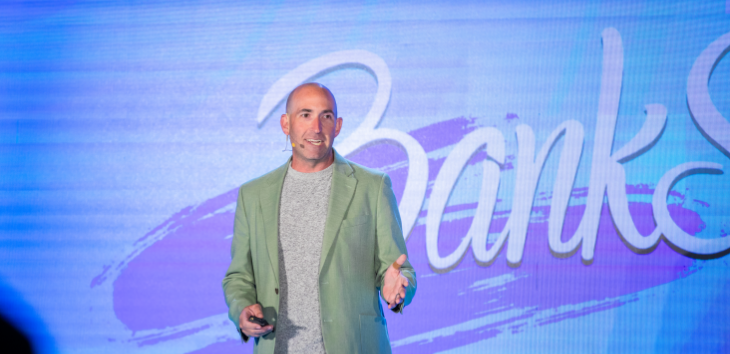


-1.png)
-4.png)
